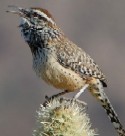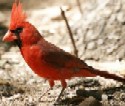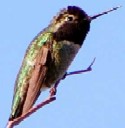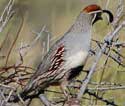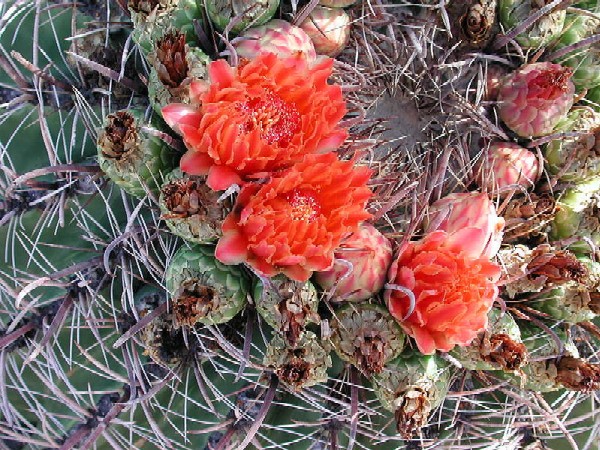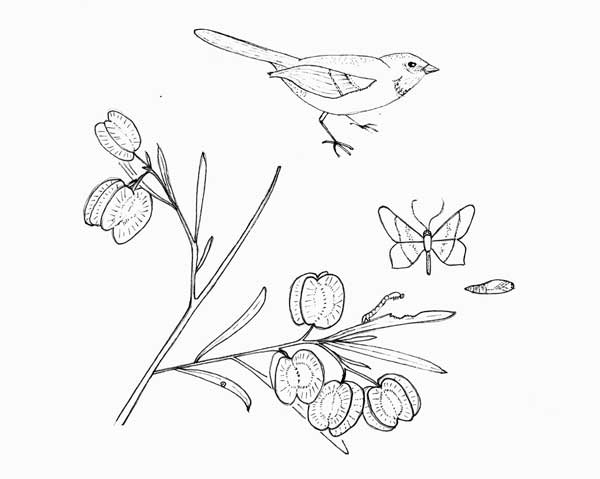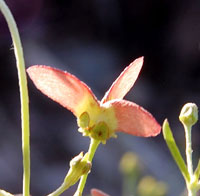Common Birds
-
Phainopepla
--F,W
-
Curve-billed Thrasher
--Sp,Su,F,W
-
Gila Woodpecker -- Melanerpes uropygialis
--Sp,Su,F,W
-
Verdin
-- Auriparus flaviceps
--Sp,Su,F,W
-
Rock
Wren
--Sp,Su,F,W
-
Bell's
Vireo -- Vireo bellii
-- Sp,Su
-
Mourning Dove
--Sp,Su,F,W
-
Hooded Oriole -- Icterus cucullatus
-- Sp,Su
-
Cactus Wren
--Sp,Su,F,W
-
Black-tailed Gnatcatcher -- Polioptila melanura
--Sp,Su,F,W
-
Canyon
Towhee -- Pipilo fuscus
--Sp,Su,F,W
-
Northern Cardinal -- Cardinalis cardinalis
--Sp,Su,F,W
-
Common
Raven -- Corvus corax
-- F,W
-
White-throated Swift --Sp,Su
-
Turkey Vulture --Sp,Su,F
-
Ruby-crowned Kinglet -- Regulus calendula
--Sp,F,W
-
Red-tailed Hawk -- Buteo jamaicensis
-- Sp,Su,F,W
-
Lesser Goldfinch -- Carduelis psaltria
-- Sp,Su,F,W
-
Black-throated
Sparrow
--Sp,Su,F,W
-
Canyon Wren --Sp,Su,F,W
-
White-crowned
Sparrow -- Zonotrichia leucophrys
--F,W
-
Costa's
Hummingbird -- Calypte costae --Sp,Su
|
Cactus Wren
Northern Cardinal ♂
Canyon Towhee
|
Phainopepla ♂
Costa's Hummingbird ♂
Gambel's Quail
|
